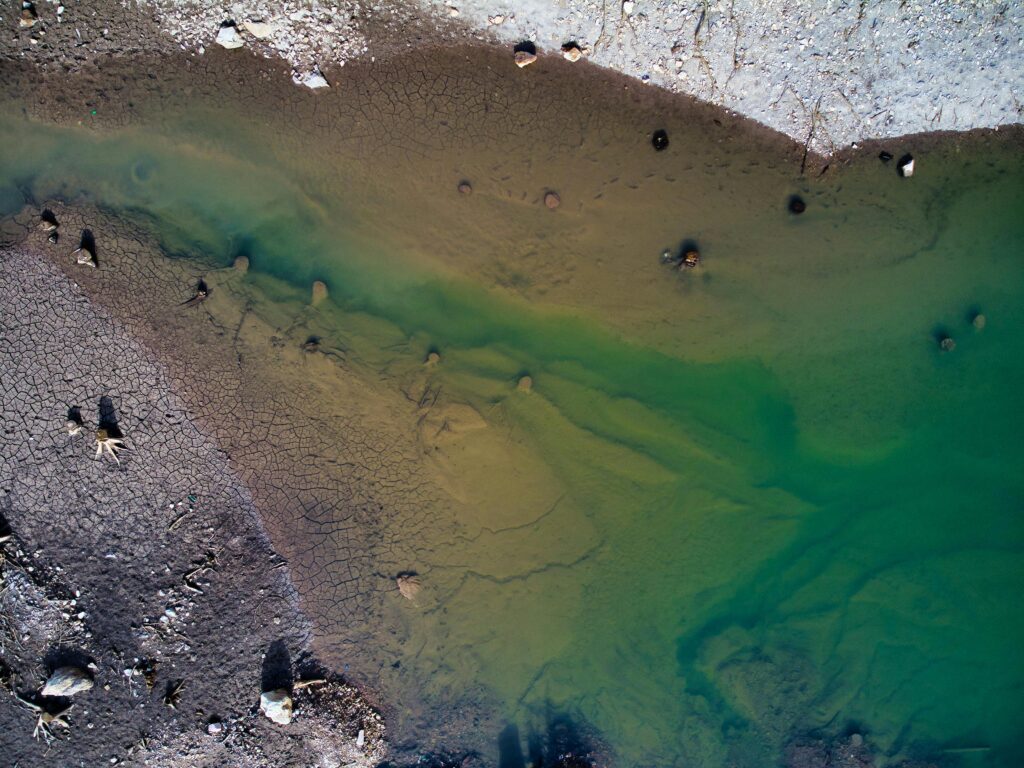Dr Gordon Rajendram: Managing Phosphorus for Cleaner Waterways in New Zealand
Dr Gordon Rajendram, a leading New Zealand soil scientist, highlights that, as New Zealand transitions from spring into summer, responsible phosphorus management is more crucial than ever. Phosphorus is a key nutrient for plant growth, but improper use can lead to harmful nutrient run-off. With regular irrigation approaching and rainfall peaking in late spring, Dr Rajendram underscores the need for proactive steps to minimise phosphorus pollution in waterways, protecting ecosystems and supporting sustainable farming.

The Role of Phosphorus in Eutrophication
In New Zealand’s waterways, phosphorus from fertiliser run-off is a significant contributor to eutrophication—a process that accelerates algae growth and depletes oxygen in water, harming aquatic life. Research shows that when phosphorus levels are unchecked, algae thrive, leading to toxic conditions for fish and other organisms. In fact, around 76% of streams in New Zealand are phosphorus-limited, meaning they are particularly sensitive to excess phosphorus inputs (McDowell, Larned, & Houlbrooke, 2010). Dr Rajendram notes that farmers’ efforts to mitigate phosphorus run-off can make an immediate difference to water health, particularly in catchment areas where excess phosphorus has historically led to water quality issues.
Effective Phosphorus Management Practices
Farmers can mitigate phosphorus run-off by tailoring fertiliser application to soil needs and monitoring soil nutrient levels through regular testing. This approach prevents over-fertilisation, conserving resources and limiting nutrient loss into waterways. One effective solution is to use less water-soluble phosphorus fertilisers, which release nutrients more gradually, giving plants more time to absorb them and reducing the risk of run-off. Additionally, applying phosphorus in alignment with crop growth cycles, such as in early spring, maximises plant uptake, further minimising the potential for nutrient loss.
Dr Rajendram advises: “We all have a duty to balance productivity with environmental responsibility. By carefully managing phosphorus use and establishing buffer zones around waterways, we can protect the integrity of New Zealand’s rivers and lakes for future generations.”
Buffer zones—areas of vegetation between farmland and water—are highly effective in trapping nutrients before they reach water systems. Additionally, cover cropping helps stabilise soils, reducing erosion and supporting long-term soil health, which naturally limits phosphorus loss.
Towards a Sustainable Approach in Phosphorus Management
Dr Rajendram underscores that responsible phosphorus management is essential for New Zealand’s environmental future. By adopting practices that limit phosphorus discharge, farmers can play a vital role in reducing eutrophication risks. McDowell et al. (2016) suggest that both regulatory and voluntary approaches are crucial to sustaining good water quality across regions, offering a way forward that respects both productivity and the environment.
References
– McDowell, R. W., Larned, S. T., & Houlbrooke, D. J. (2010). Nitrogen and phosphorus in New Zealand streams and rivers: Control and impact of eutrophication and the influence of land management. *New Zealand Journal of Marine and Freshwater Research*, 44(4), 985-995. https://doi.org/10.1080/00288330909510055
– McDowell, R. W., Dils, R. M., Collins, A. L., Flahive, K. A., Sharpley, A. N., & Quinn, J. (2016). A review of the policies and implementation of practices to decrease water quality impairment by phosphorus in New Zealand, the UK, and the US. *Nutrient Cycling in Agroecosystems*, 104, 289-305. https://doi.org/10.1007/s10705-015-9727-0
For more information, please contact:
Contact Dr Gordon Rajendram
021 466077
rajendram@xtra.co.nz
www.gordonrajendramsoilscientist.co.nz
Contact Media PA
027 458 7724

